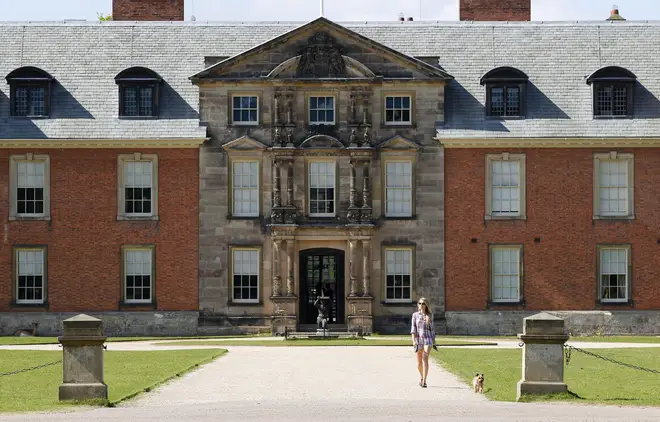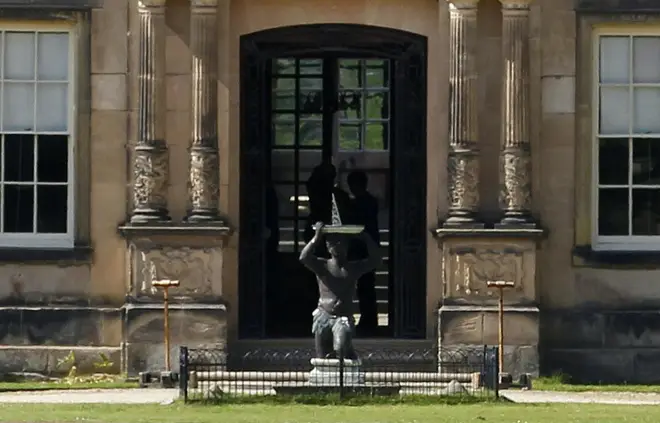
Iain Dale 7pm - 10pm
15 August 2020, 17:26

The National Trust is standing by the “distressing” colonial and slavery-linked objects on display at its country houses to "encourage debate".
The heritage charity has resisted calls from Black Lives Matter activists to take down statues and objects at its sites perceived to be offensive.
But it plans to publish a report on 21 September following a year-long review of the darker histories behind 300 of the grand manors in its ownership.
Many of the properties on the Trust’s 618,000-acre estate across England, Wales and Northern Ireland were built using proceeds from sugar plantations and the Government gave some owners compensation after the transatlantic slave trade was abolished.
In June, activists formed the group Topple the Racists and demanded 60 statues of slave owners and racists across Britain be torn down, some of them at National Trust sites.

A working group is set to make recommendations on how the chequered history of some houses can be addressed.
“Some of this is difficult stuff,” Tarnya Cooper, National Trust collections director, told The Times.
“Some of the objects are really distressing because they come from a time when slavery was very much part of the fabric of this country and we’re such a different society now.
“I very much hope that we can interpret these objects effectively and, for the most part, they stay in situ.
“If we marginalise these histories and we take things away and we don’t have the confidence to talk about them, then that shuts down debate.”
Read more: Tory MP says Black Lives Matter should 'stop cancelling' opponents
Read more: Black Lives Matter sculpture taken down from plinth in Bristol

Historian explains why UK must review colonialist statues and street names
The organisation carried out a listening exercise with members and visitors in June at Sutton House in London, Dyrham Park in Gloucestershire and Quarry Bank Mill in Cheshire.
Before the pandemic, the Trust hosted exhibitions with schoolchildren at 11 manors, allowing primary pupils to place essays alongside objects at Penrhyn Castle in Wales to show they were related to Richard Pennant, 1st Baron Penrhyn, who owned 1,000 slaves.
In another exercise, two pupils were asked to decide whether a statue of an enchained black man should be on display at Dyrham Park in Bristol.

Caller argues about historical and racial significance of British statues
Corinne Fowler, of the University of Leicester, said one of the children “went very quiet” and wrote an “amazing” poem in the voice of the black man.
“The house is going to put that poem in front of it so people can see that and interpret it in a more dignified way,” she told The Times, adding that it “makes sense” to start with the opinions of children.
The National Trust said it has “much more work to do”, adding: “Slavery has been woven into the fabric of British and global history for thousands of years. For 400 years, white British people, companies and organisations gained huge amounts of wealth through the appalling exploitation of enslaved people as part of the slave trade.”